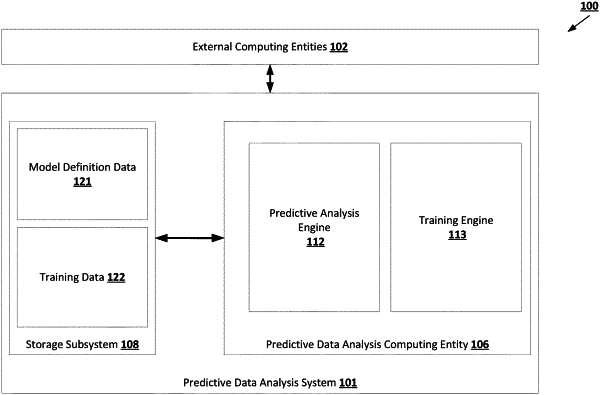| CPC G06V 30/19093 (2022.01) [G06V 10/82 (2022.01); G06V 30/1912 (2022.01)] | 16 Claims |

|
1. A computer-implemented method comprising:
generating, by one or more processors, a token-level similarity probability score for a pair of input sequences based at least in part on a first cross-token image representation for a first input sequence of the pair of input sequences and a second cross-token image representation for a second input sequence of the pair of input sequences, wherein the token-level similarity probability score is based at least in part on a comparison between a first dimensionally-reduced image representation for the first cross-token image representation and a second dimensionally-reduced image representation for the second cross-token image representation;
generating, by the one or more processors and a machine learning model, a predicted similarity score for the pair of input sequences based at least in part on the token-level similarity probability score; and
initiating, by the one or more processors, the performance of one or more prediction-based actions based at least in part on the predicted similarity score.
|